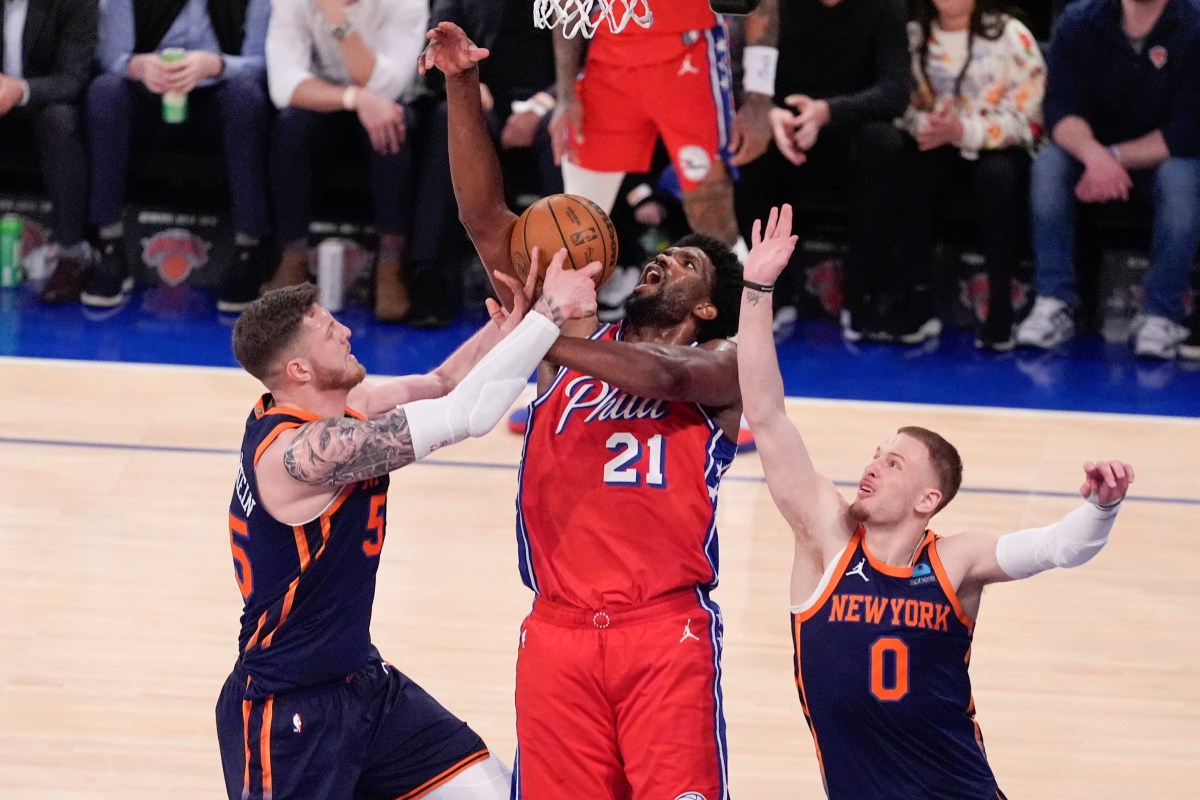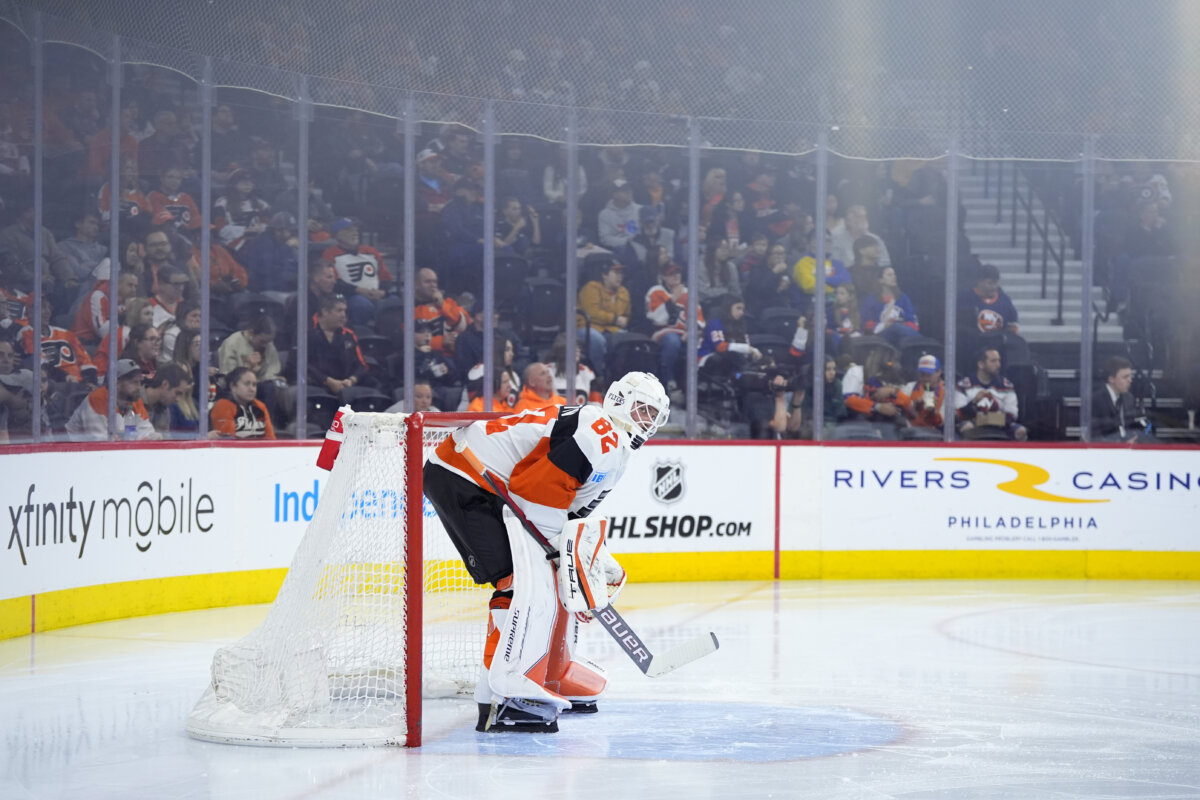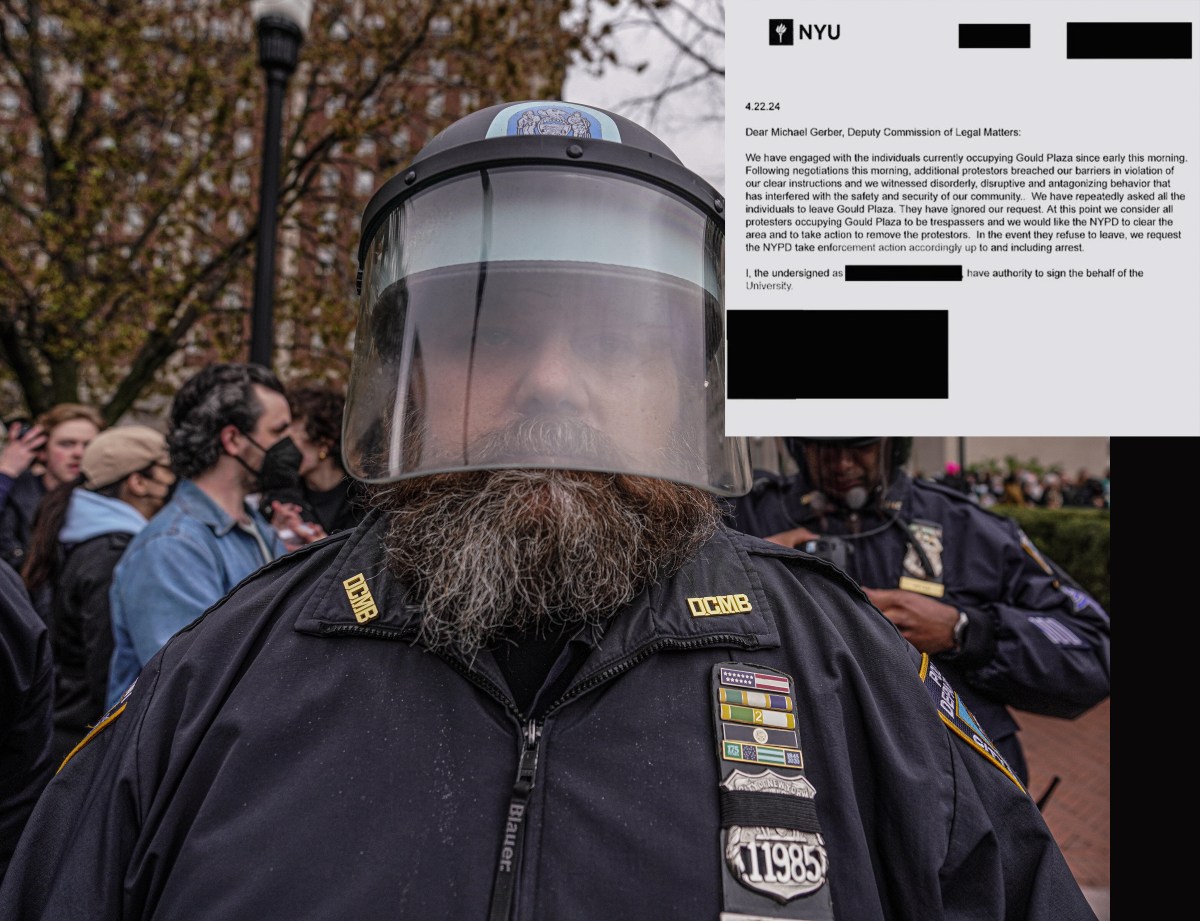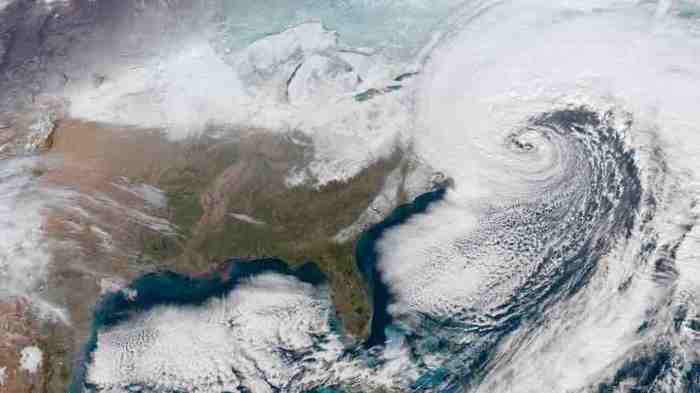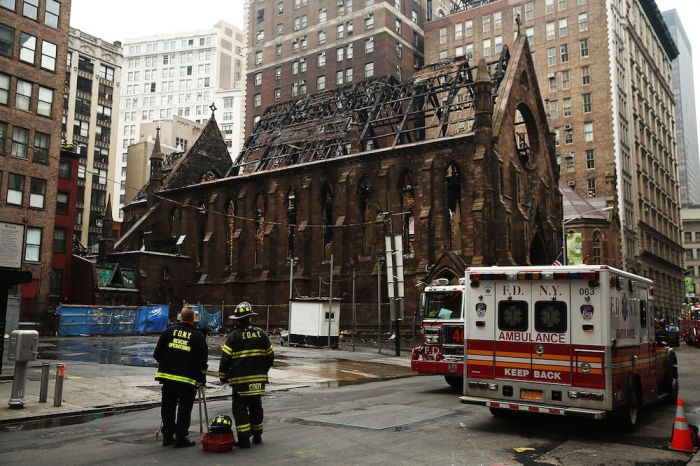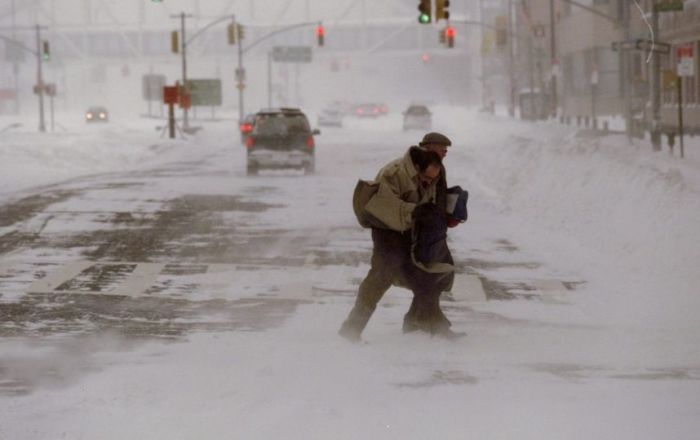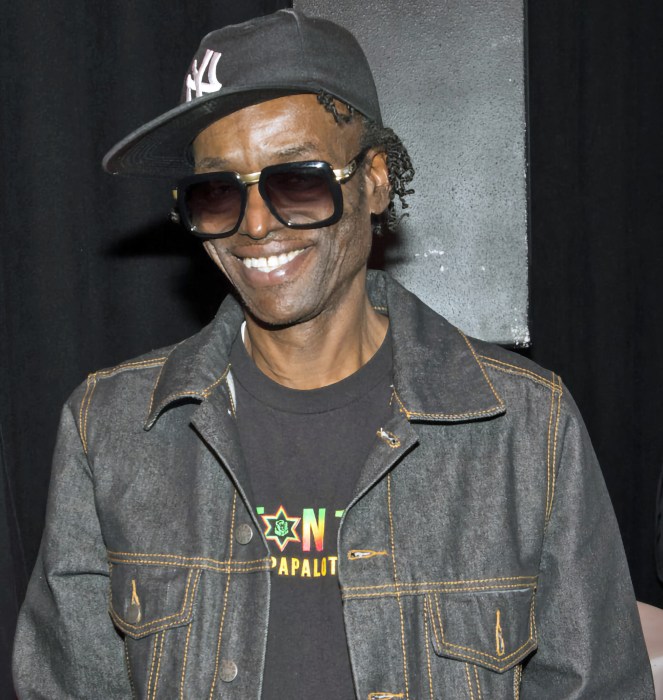New York City prepared itself for snow storm Stella’s onslaught. Weather forecasters called for nearly two feet of snow. The mayor cancelled school. Commuters couldn’t get to work as MTA shut services down and modified others. UberEats wasn’t delivering food. But things didn’t have to get so real, according to reports, because the National Weather Service knew by Monday afternoon that New York wasn’t going to get slammed, but never told the public.
Drastic changes to a weather forecast are what meteorologists call the “windshield wiper effect,” Bob Henson, a meteorologist for the website Weather Undergroundtold the AP. The heavy snowfall predictions caused a major run for groceries.
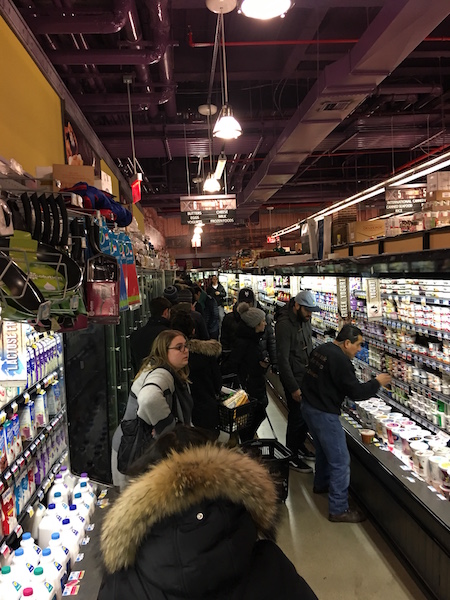
NYC believed the hype, but the NWS service knew Stella wasn’t as vicious as reported
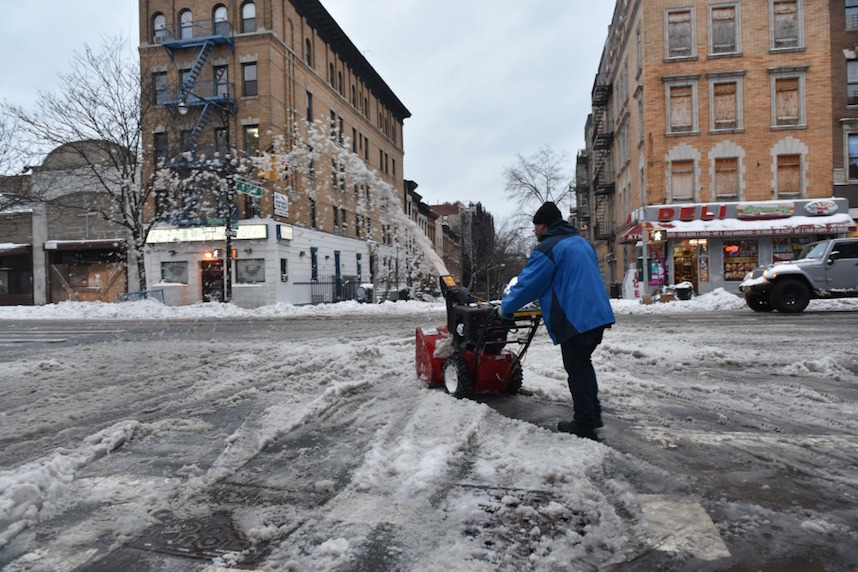
“This was the prudent thing to do, as making a dramatic change in the snowfall forecast and risking having to flip back and forth could produce an unwelcome result of less readiness and vigilance,” an NWS spokeswomantold Patch.
“There was still going to be a large impact on the morning commute in many areas,” she added, “despite the lower snowfall beginning to show up in some, but not all, of the forecasts.”
Yes there is a line out the door to get into Trader Joe’s Wine Store. #Blizzard2017 pic.twitter.com/SCi0YuBDIb— Sophie Vershbow (@svershbow) March 13, 2017
Basically, NWS knew by Monday afternoon that we were only going to get 4 to 8 inches, but kept it to themselves so the public wouldn’t get confused.
That’s because the real danger was ice and sleet, Greg Carbin, chief of forecast operations at the Weather Prediction Center in Maryland, told the AP.
Marshall Shepherd, a meteorology professor from the University of Georgia, told the AP that the public tends to zero in on worst-case scenarios.
“The perception of ‘bust’ is that it didn’t materialize for New York in the manner expected. Much of the expected snow fell as sleet,” Shepherd said in an email. “To me, ice is a far greater hazard. If a pitcher throws a strike down the center of the plate or just off the outside corner, it’s still a strike.”

